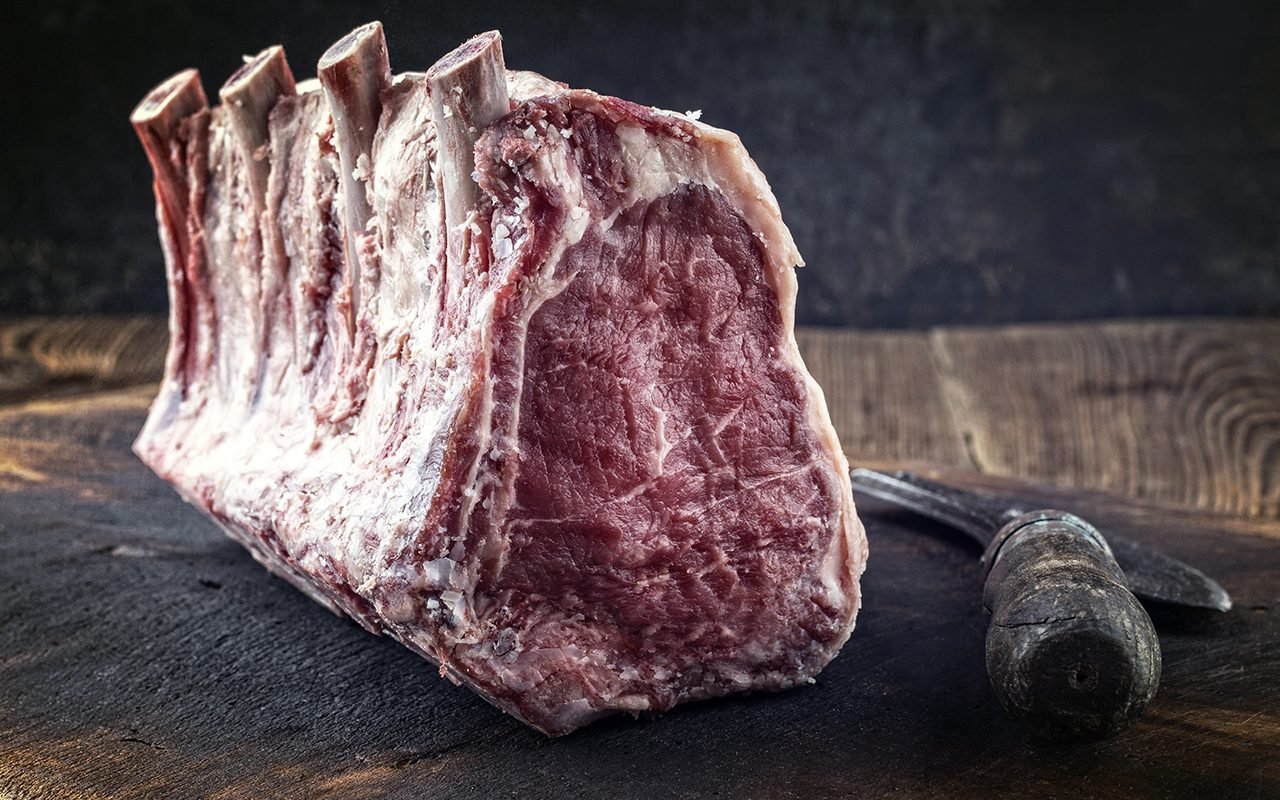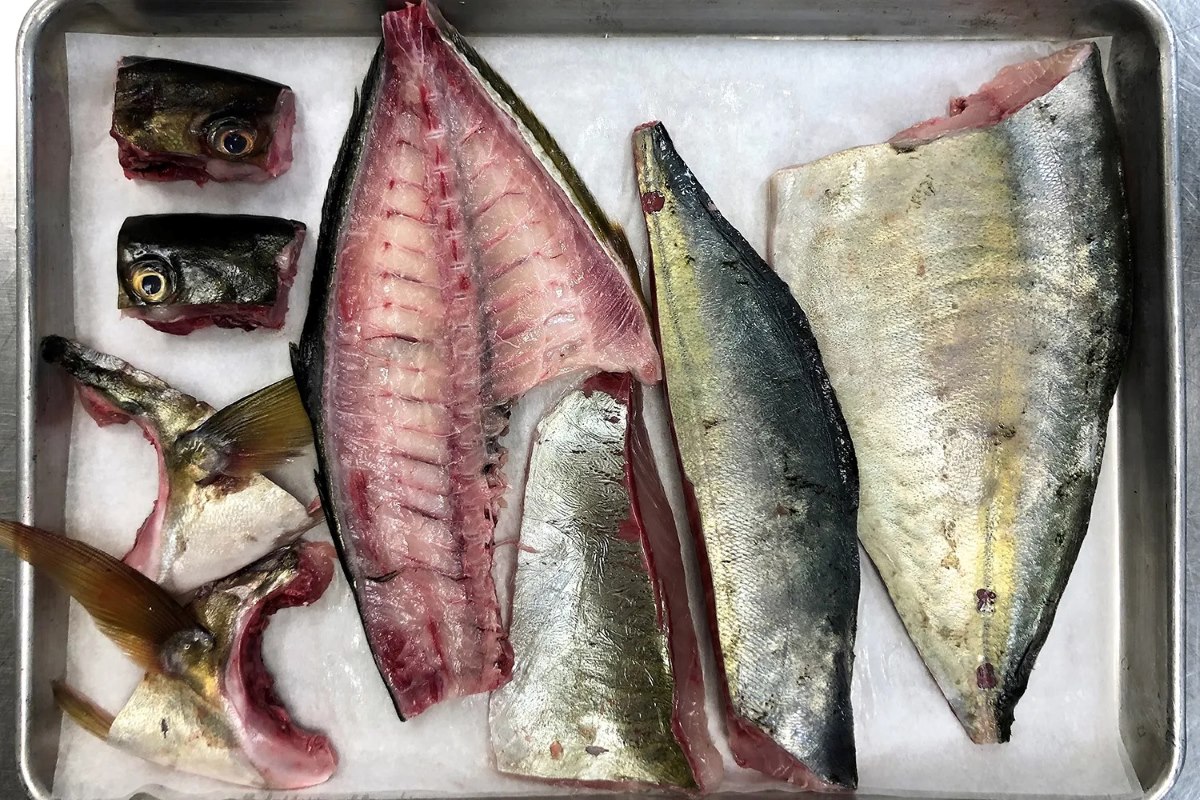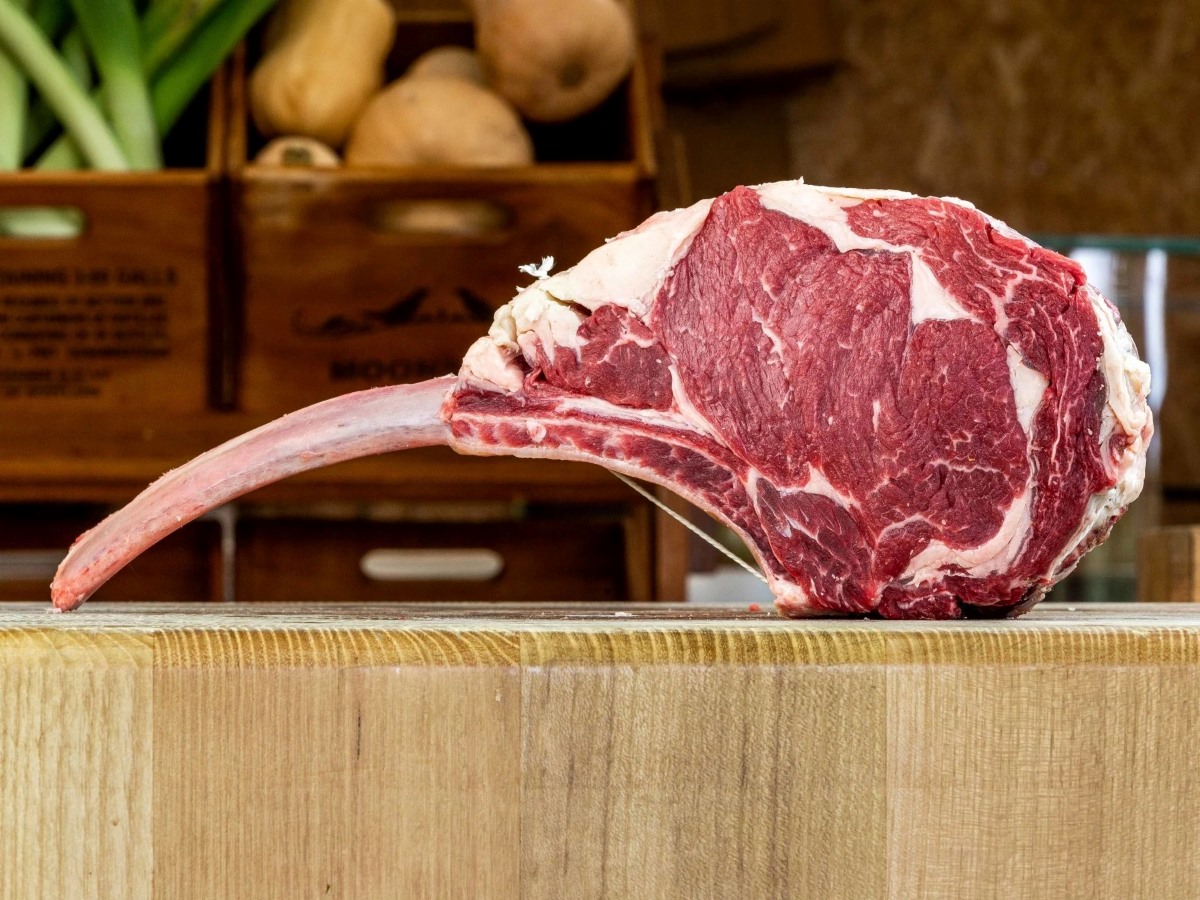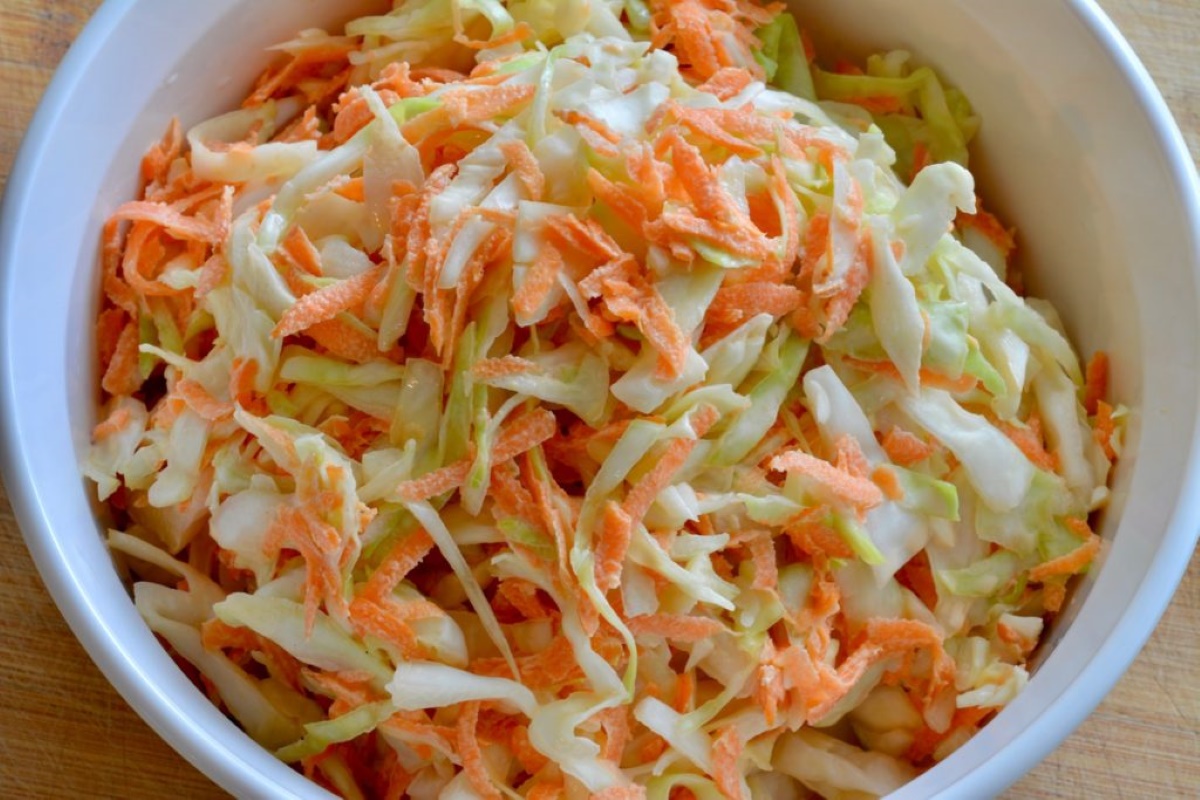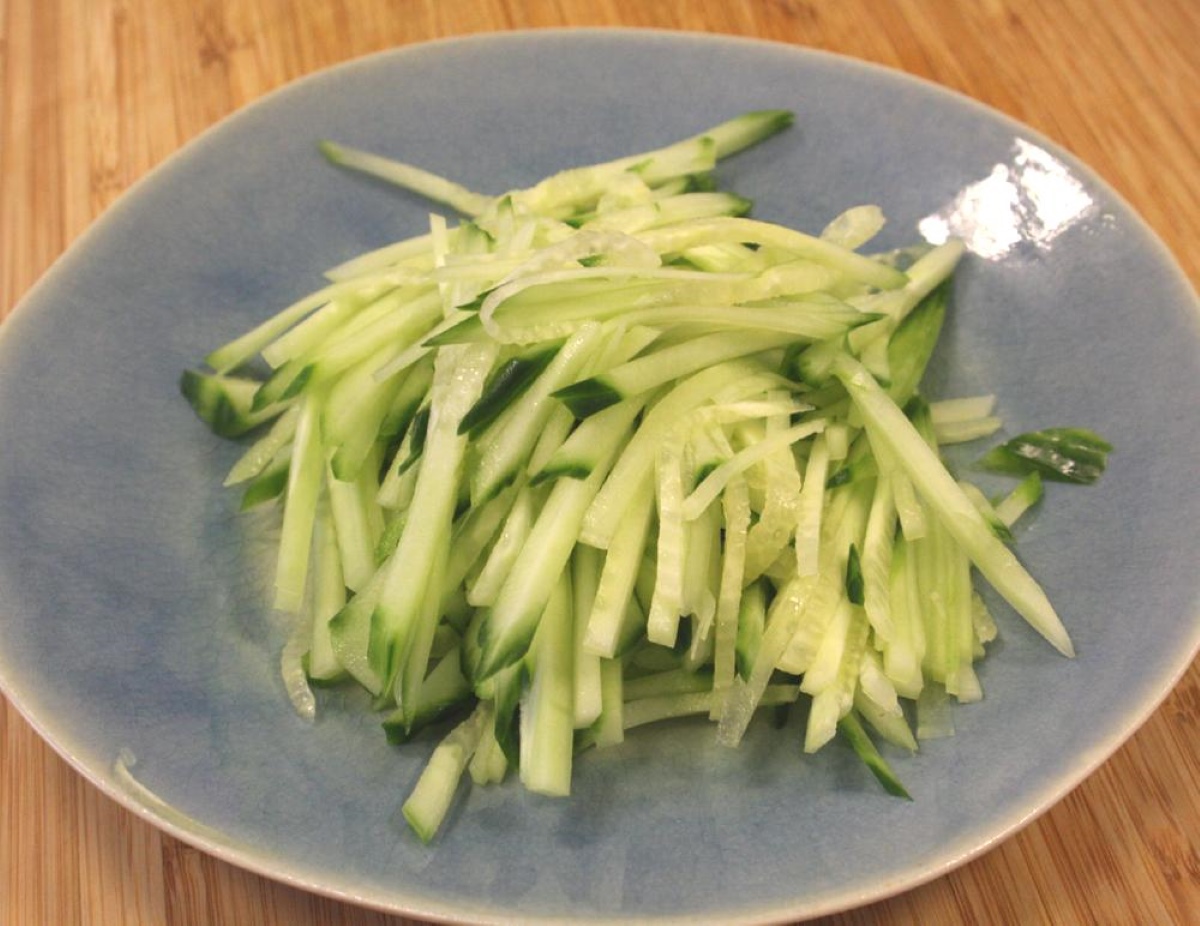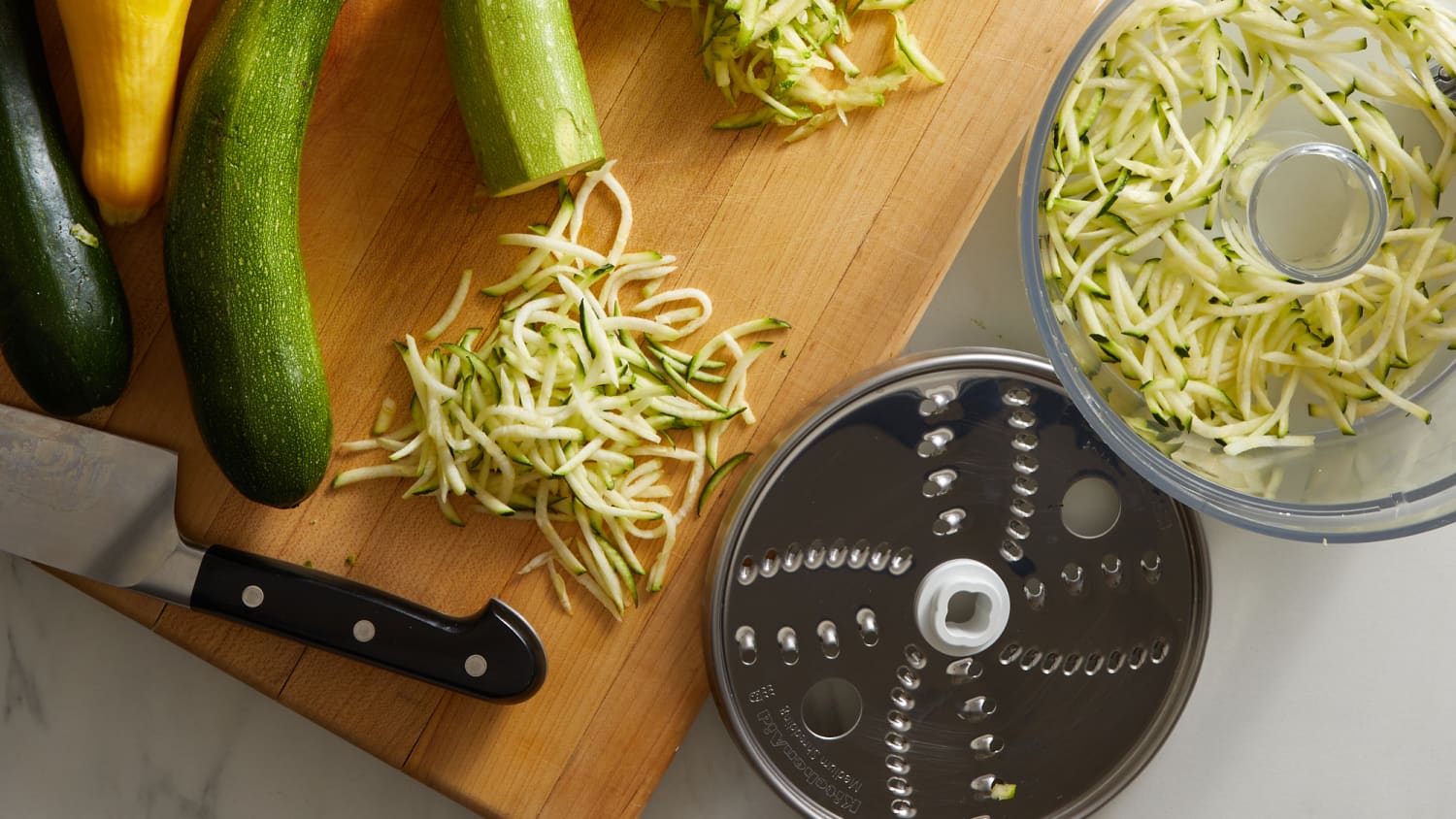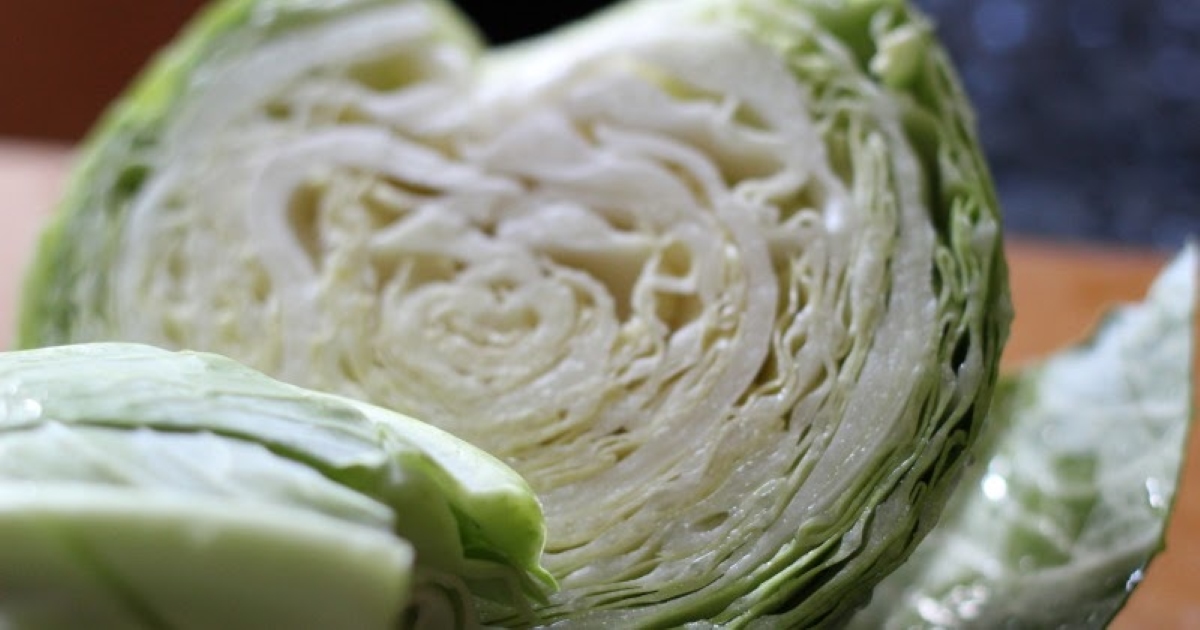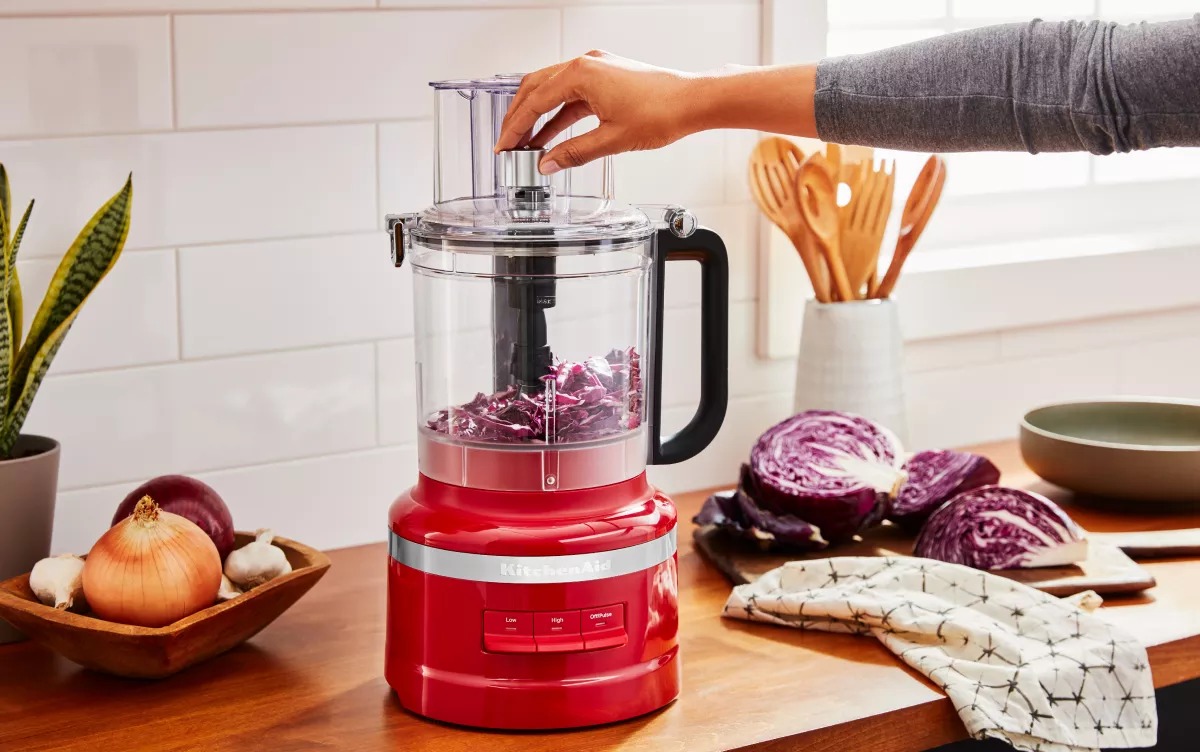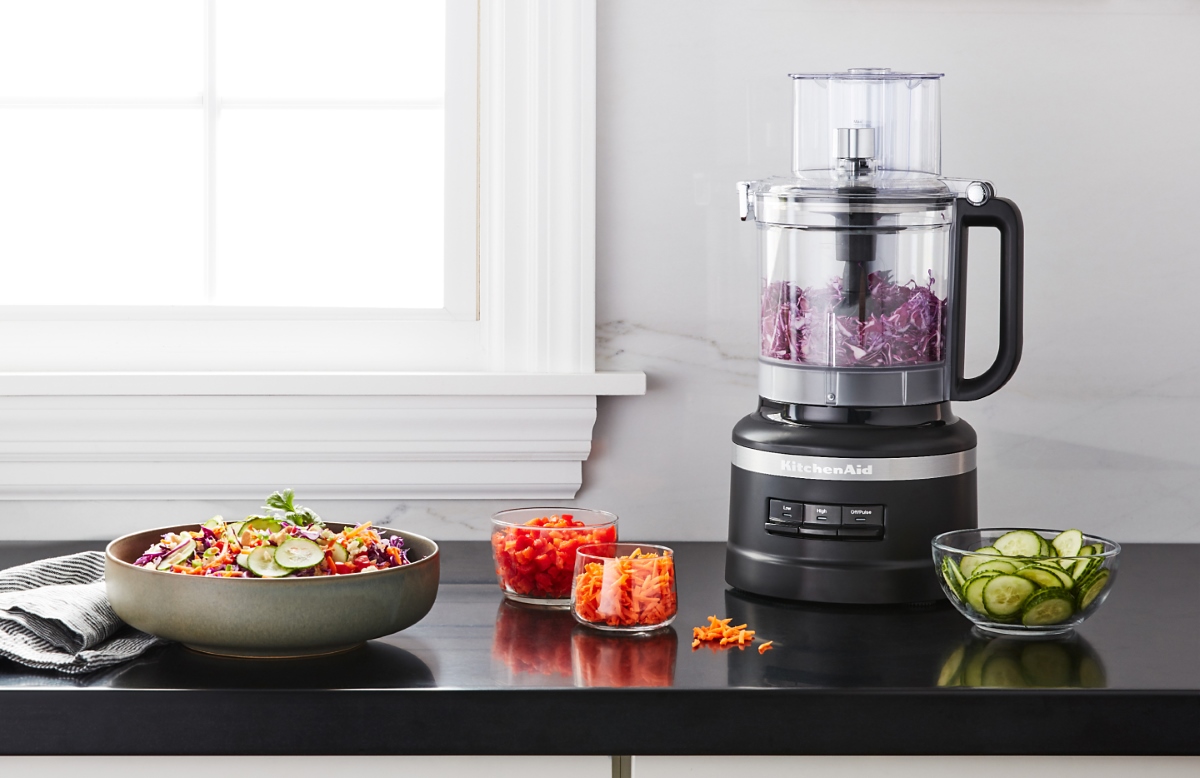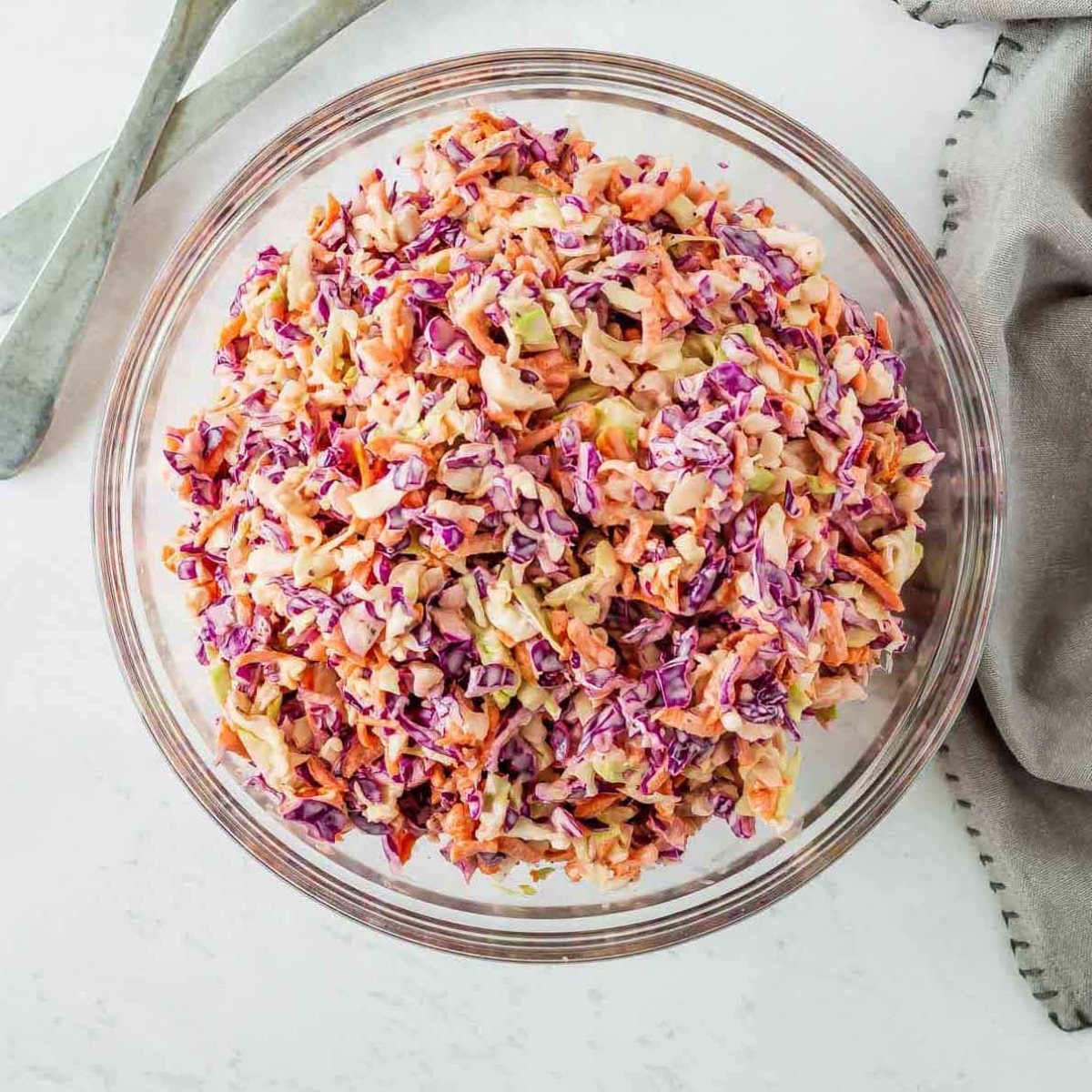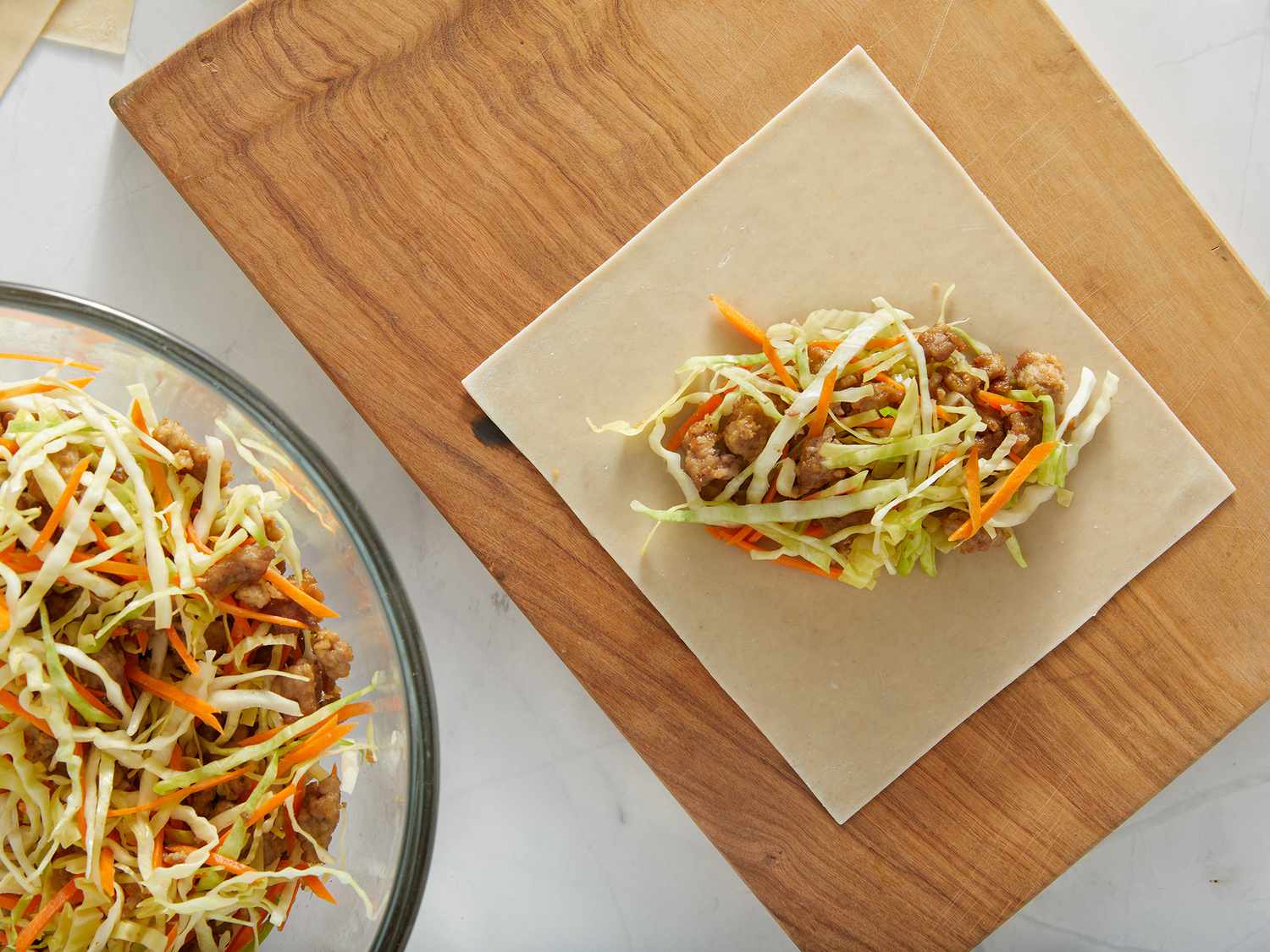What is Dry Aging?
Dry aging is a process that involves hanging meat in a controlled environment for an extended period of time. This process allows the natural enzymes in the meat to break down the muscle tissue, resulting in a more tender and flavorful end product. While dry aging is commonly associated with beef, it can also be done with pork to enhance its taste and texture.
Choosing the Right Cut of Pork
When it comes to dry aging pork, not all cuts are created equal. The best cuts for dry aging are those with a higher fat content, such as pork chops or pork loin. The fat helps to protect the meat during the aging process and adds richness to the flavor. Additionally, it’s important to start with a high-quality cut of pork to ensure the best results.
Preparing the Meat
Before you begin the dry aging process, it’s essential to properly prepare the pork. Start by trimming any excess fat from the surface of the meat, as this can become rancid during aging. Next, place the pork on a wire rack set over a rimmed baking sheet and pat it dry with paper towels. This will help to remove any excess moisture from the surface of the meat, which is crucial for successful dry aging.
Creating the Ideal Environment
For successful dry aging, it’s important to create the right environment for the pork to age in. This typically involves a dedicated refrigerator or cooler that maintains a consistent temperature and humidity level. The ideal conditions for dry aging pork are a temperature of around 34-38°F and a humidity level of 75-80%. This controlled environment allows the meat to age slowly and develop its flavor and tenderness.
The Aging Process
Once the pork is prepared and the ideal environment is set up, it’s time to begin the aging process. Place the prepared pork in the refrigerator or cooler, ensuring that there is plenty of space around each piece to allow for proper air circulation. The pork should be left to age for a minimum of 7-10 days, though some enthusiasts may choose to age it for up to 21 days for a more intense flavor.
Monitoring the Progress
Throughout the aging process, it’s important to monitor the pork regularly to ensure that it is aging properly. Check the temperature and humidity levels regularly to maintain the ideal environment. Additionally, inspect the pork for any signs of spoilage, such as off odors or excessive mold growth. If any issues arise, it’s important to address them promptly to prevent the meat from spoiling.
Final Steps
Once the pork has reached the desired aging time, it’s time to remove it from the refrigerator or cooler. Carefully trim away any dried or discolored outer layers of the meat to reveal the beautifully aged pork underneath. From there, the pork can be cooked using your favorite method, whether it’s grilling, roasting, or pan-searing. The result will be a tender, flavorful pork that is sure to impress.
By following these steps, you can successfully dry age pork at home and enjoy the enhanced flavor and tenderness that comes with the process. While it may require some patience and attention to detail, the end result is well worth the effort.
Was this page helpful?
Read Next: How To Dry Age Fish
